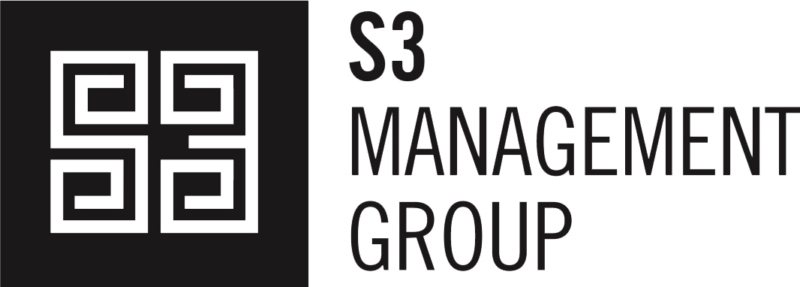Two of the top three areas of human capital risk are skill shortages and poor management. Unfortunately, both issues feed into each other. Poor managers are unable to develop talent appropriately, leading to staff who are unable to do what the job requires. At the same time, skill shortages among staff mean that the managers who are promoted don’t have the skills needed to develop their staff properly. It’s a never ending cycle.
According to the World Economic Forum, people management ranks third in the list of ten most desired skills. Because this skill is in demand, it’s essential to have good hiring practices that encourage hiring the best employees as well as a training and development program that keep their skills competitive. Closing the skill shortage gap means addressing both areas.
Evaluate the Hiring Process
Sometimes a skill shortage is the result of poor selection at hiring. When you don’t focus on having the right FIT for the employees you choose, you will inevitably have people without the skills they need to succeed. When you don’t hire the right people, your organization will struggle to meet its goals.
Some of the reasons organizations hire the wrong people include:
- The inability to tell the difference between a good candidate and a good actor in interviews
- Reviewing only credentials and not interpersonal skills or attitude
- Focusing on hiring friends, family, or other highly regarded people, rather than skillful employees
- Taking the wrong risks on new employees
When you can focus your hiring process on employees with the right skills and attitude that truly fits your organization, you can begin to overcome skill shortages.
Strengthen Your Sourcing and Recruiting Strategies
Hiring the right people sounds great in theory, but implementing the proper recruiting and sourcing strategies required to bring those people to your door isn’t easy. Sourcing and recruiting involve writing clear job descriptions, advertising job openings, reviewing applications, and performing interviews.
To succeed, you need to ensure that you reach a broad group of people with the skills and qualifications you need. Once you access those applicants, the interview process has to identify those who are skilled enough to do the job and assess how well they fit with your organization’s culture.
If you want to attract the best talent, you can approach recruiting the way you would marketing. You want your organization to be a desirable place to work. Creating an environment where work has a clear purpose and focus, along with career development and advancement, can go a long way to drawing the right candidates to your door.
Be Proactive in Employee Training & Development
Investing in the recruitment process is an essential first step to closing the skill shortage gap, but properly developing your existing employees is vital as well.
The Association for Talent Development’s 2014 State of the Industry report showed that the average organization spends $1,208 per employee on training, with 31.5 hours of learning. Knowing your employee development budget and focusing on training your staff is the highest-value skills will help your organization succeed both today and in the future. Proper employee development has many benefits as it:
- Creates highly-skilled employees
- Helps improve employee engagement as staff gain mastery of their work
- Makes room for career advancement
- Helps ensure that those promoted have the skills needed to succeed and develop those who report to them
By spending on employee training and development, you’ll not only increase the skills of your staff, but you will also reduce turnover. But, don’t train for the sake of training. Make sure that every course and program has a clear and measurable learning objective.
Close the Skill Shortage Gap
Closing the skill shortage gap in your organization benefits your organization in a variety of ways. Better development means a more productive corporate culture, along with improved opportunities for advancement. These changes improve morale and boost the desirability of your workplace to new candidates. Aside from a reduction in turnover, you should also experience efficient execution of your organization’s goals, allowing you to rise above your competition and increase profitability.
If you’re ready to see the benefits of closing the skill shortage gap in your business, we’re here to help. To learn more about how we can help you hire for the right FIT, improve recruitment, and develop training initiatives, contact us today.

